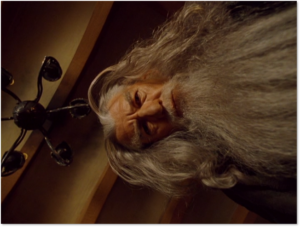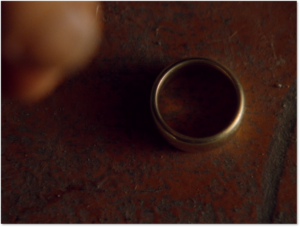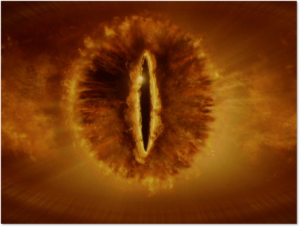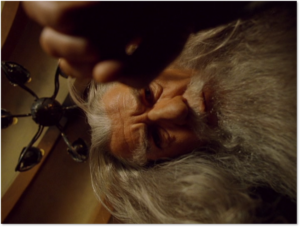Multimedia Production
Class 09: Story-TellingTopics
- Story Structure
- Comics
- Storyboarding
- Storyboard Assignment
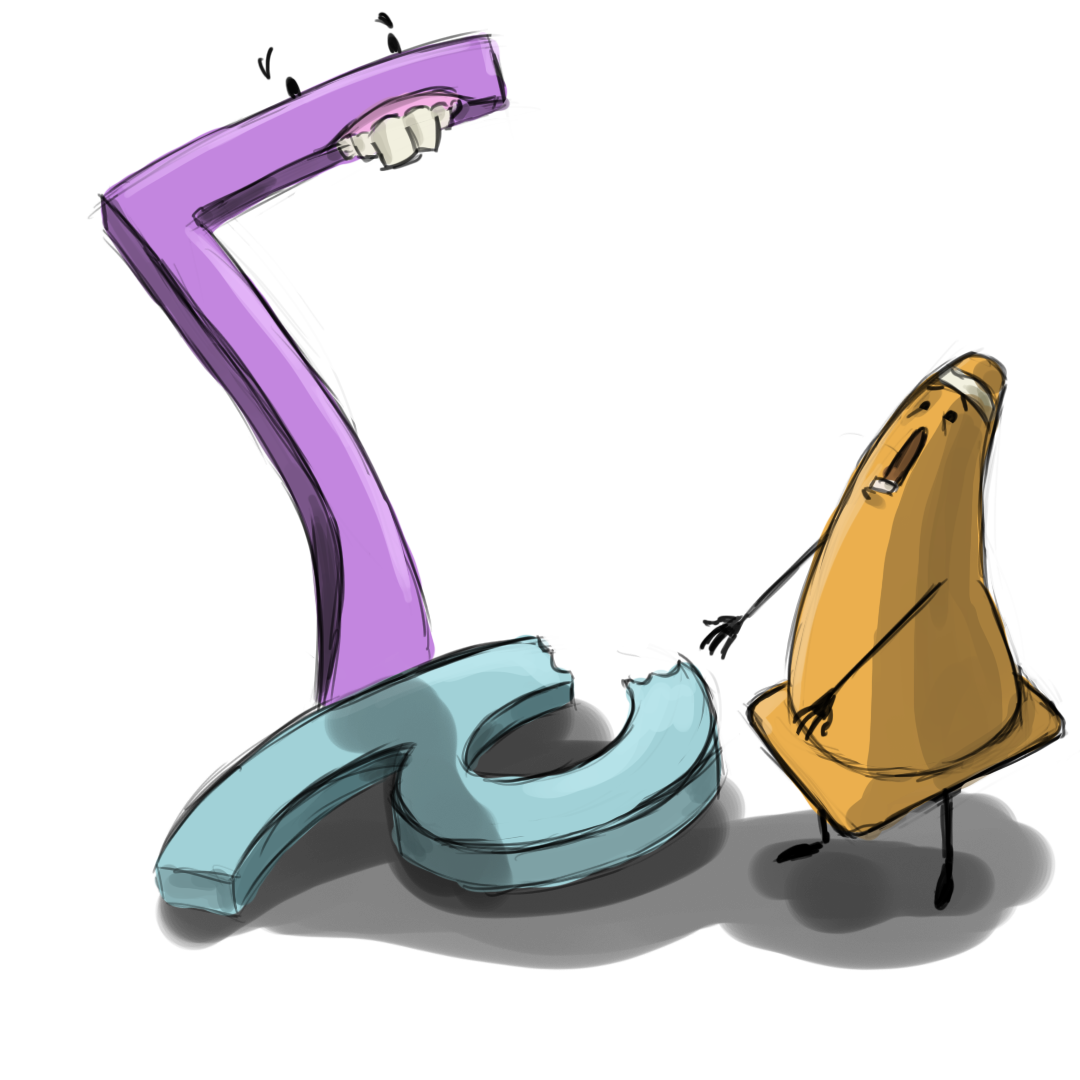
Why is 6 afraid of 7?
Story Structure
Classic Story Structure
You can view a diagram of the classic story structure most western films follow, below. It involves three acts meant to reflect human life. It is also sometimes referred to the hero’s journey which was coined by Joseph Campbell.
I don’t believe people are looking for the meaning of life as much as they are looking for the experience of being alive.
Classic Story Structure Diagram
When looking at this think about a movie and how it might fit into this mold.
start
establish character
and situation
conflict
and
development
resolution
end of character arc
and objective complete
setbacks
foreshadowing
developments
epiphany
overcome
obstacles
All of the Pixar feature-length and short-films follow the classic structure. You can watch the example above and think about how each element is present.
Story Spline Exercise
This is a common tool used to create a story quickly. This is more fun if you take turns with a partner or partners. To start you say, “Once upon a time…” then complete the sentence. Then go to the next prompt, “and every day…”, and complete the sentence. By the end you will have a story that follows the classic story structure.
Exposition
Once upon a time…
and everyday…
Inciting Incident
until one day…
and because of that…
Progressive Complications
and because of that…
and because of that…
Crisis
until one finally…
Climax
Resolution
and since that day…
Theme
the moral of the story is…
Interactive Storytelling:
Storytelling is meant to be a participatory experience. You are affected by the story. When listening to a scary tale you are actively scared.
Sympathy is the feeling of compassion or pity for others. Empathy is similar but is a more deeply felt emotion because you actually picture yourself in the other’s position. Filmmakers endeavor to create empathy with the protagonist of the story. This way the audience is more involved in the characters and story arc.
Interactive media such as games, involve the user even more than film by including participatory components allowing them to drive the story. You will often see educational software utilize this as well to encourage deeper connections with the material.

The Great Train Robbery
This final scene in The Great Train Robbery had the audience in shock. people screamed, jumped on the ground, and did other ridiculous things. This was because they actually feared being shot! This is because they were truly engaged.
Easy Gag:
Gags make great tiny stories. They do not require a lot of setup or character development but still follow a three act structure. You can break them down into the list below. This works universally across cultures.
- Establish a situation (Act I)
- Some struggle that anticipates obvious result (Act II)
- Surprising unexpected resolution (Act III)

Treatment:
It is not required for the next project but a good starting point for any project is simply writing it down. In film it is done as a script or treatment.
- Script: is a written work that is made especially for a film or television program, also called screenplay. These usually involve dialogue.
- Treatment: A brief written description of a proposed film. Not dialogue dependent.
Title: The Traffic Cone
Author: Jonathan Cone
Treatment:
The first panel opens up with traffic cone in the middle of a road with cars avoiding him. He reaches out but is constantly rejected. The next panel you see the cone walking with tears in his eye. Suddenly he sees a baby in the middle of the road. In the final panel you see the cone dart in front of the baby. The cars again go around the cone, saving the baby. The baby hugs the cone.
Interactive Components:
First Panel: When you click, the cars zoom past the cone. Click “next” to navigate to second panel.
Second Panel: Hovering over the cone makes it walk. Clicking makes the cone look up to see the baby. Click “next” to navigate to third panel.
Third Panel: Click on the baby to make cone jump in. Click again to make the baby hug the cone.
Link to the example above here
Comics
Comic Art:
Comics can be described as juxtaposed sequential art. It is a way of utilizing imagery (universal language) to portray a narrative. This is a fantastic tool that may be used in many industries such as entertainment, education, and visualization.
If you are interested in the art and science of comics I highly suggest Understanding Comics by Scott
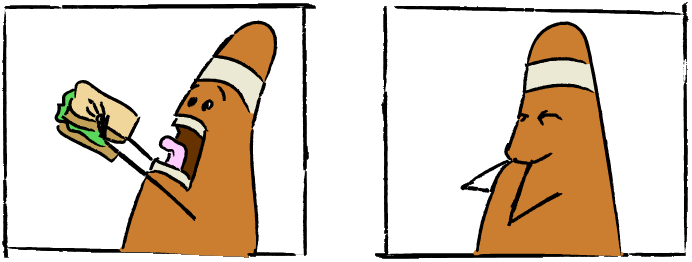
Your mind tells you what happened between the panels
Sound has spoiled the most ancient of the world’s arts, the art of pantomime, and has canceled out the great beauty that is silence.
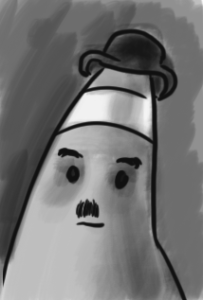
Charlie Chaplin
actual unedited historical picture of Charlie Chaplin
Iconic Abstraction :
The idea of breaking down a more complex image or concept into a simpler visible symbol. If you look at the icons to the left you can see how logos and symbols have become something we all recognize and use on a day to day basis.
Closure:
The human mind’s ability and tendency to organize forms and patterns usually resulting in something familiar such as seeing a face in inanimate objects (Pareidolia).
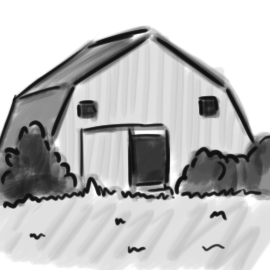
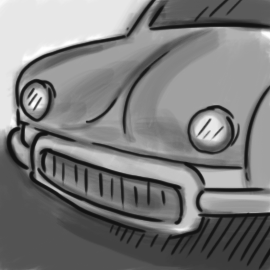
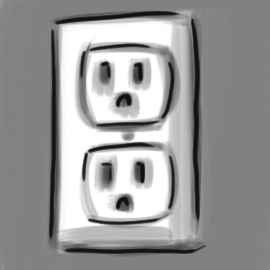
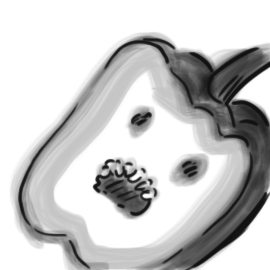
Canon:
The accepted rule as a result of years of evolution to create a common language. For example icons that have a universal and widespread meaning.
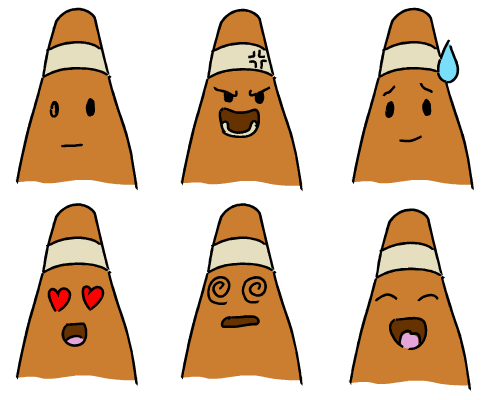
Manga (Japanese Comics) has developed it’s own language to represent emotions
Draw an Icon Exercise:
Produce a simple symbol that represents a noun using a random word generator. Do not share your word with your neighbors! You will have 5 minutes and then we will share your results to see how well you did.
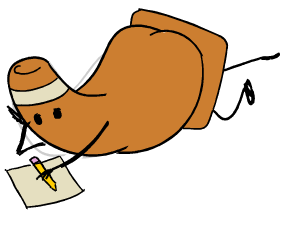
“draw me like one of your french girls”
Storyboarding
Camera Angles
How to choose:
- What angle best stages the action?
- what point of view should the audience experience the scene?
- What is the essential internal action and how can it be shown externally?
- How do you get the audience to care?
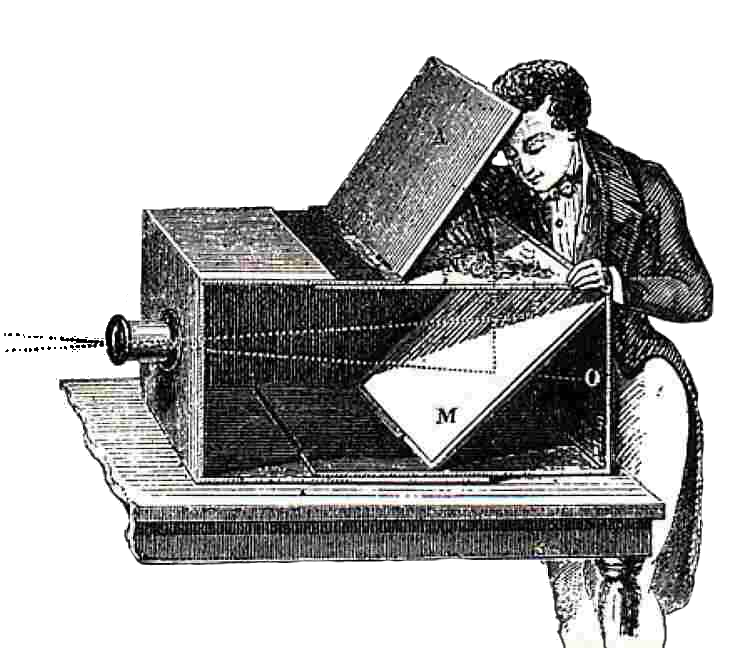
Storyboard Example
- Storyboards are visual scripts for a motion picture. In animation, a guide for character performance, action, editing, and staging for the finished picture.
- Because we make everything, we have no excuse for bad composition or breaking rules.
Storyboard Assignment
Storyboard:
The next project will be to create a narrative short film. In preparation for that you will create a storyboard. This is the first step when creating an animated film. In done well enough you can even clean it up and use it as final for the film. You should do the best job you can. It will make the project that much easier.
You will be graded on the following:
- Lab Requirements
- Techniques and processes covered in the instructional material is followed and implemented.
- Creativity & Craftsmanship
- Excellent design choices, novel & appealing, and solid clean caliber work.
Resources:
- Assignment Video Tutorials
- You may watch these tutorial videos below to help you complete your assignment.
- Assignment Lab Materials
- You may view an example of the lab and project here.
Assignment Video Tutorials
Wait! Before you go!
Did you remember to?
- Read through this webpage
- Watch the videos
- Submit Storyboard Assignment on Blackboard


